Wisteria floribunda
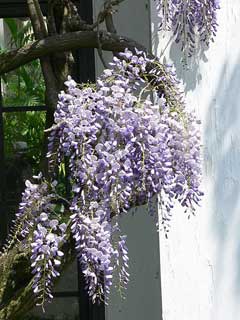
Damp habitats by streams etc in thickets and woods in hills and mountains in all areas of Japan south of Hokkaido. Love

Damp habitats by streams etc in thickets and woods in hills and mountains in all areas of Japan south of Hokkaido. Love
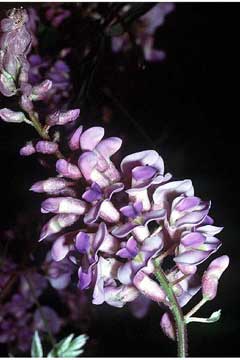
Clambering over cliffs and trees on woodland edges in low moist ground. Love
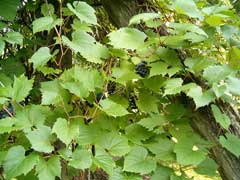
Riverbanks, bottomlands, rich thickets and woodland margins. Love
Woods, thickets, sandhills and shores. Love

Riversides and damp woods. Grows on the banks of the Thames at Kew in Britain. Love

Wet or dry thickets and woodland borders. Love
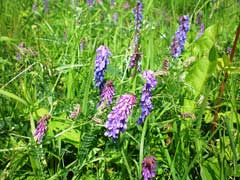
Grassy and bushy places, avoiding acid soils. Love
Not known as a wild plant. Naturalized in southern china, where it grows in grass at roadsides, wastelands; at elevations below 500 metres. Love
An epiphytic plant, it grows wild in trees, producing aerial roots that penetrate fissures and cracks in the bark. Usually found climbing on trees in warm, wet tropical low land forests at elevations from sea-level to 600 metres. Love
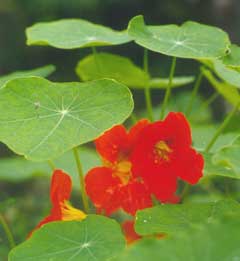
Coastal and disturbed areas from sea level to 3000 metres. Love
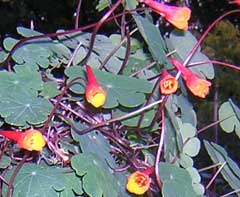
Mountain slopes and valleys. Moist wooded scrubby areas around 3000 metres in Peru and Ecuador. Love
Lowland rainforest and riversides. Rain-forest; secondary forest; forest edges; possibly often as a relic of former cultivation; at elevations up to 1,200 metres. Love
Coastal rain and riverine forest from sea level to 1,100 metres. Love
Brachystegia woodland, riparian and lakeshore bushland, grassland, roadsides, often in rocky places and on termite mounds, at elevations of 10 – 1,500, occasionally 2,000 metres. Love
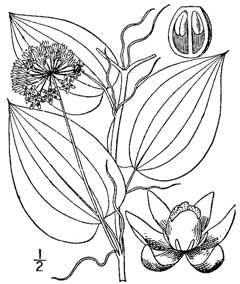
Open woodlands, meadows and rich alluvial thickets. Higher elevations in rich woods, alluvial thickets, and meadows, often in calcareous soils at elevations of 100–800 metres. Love